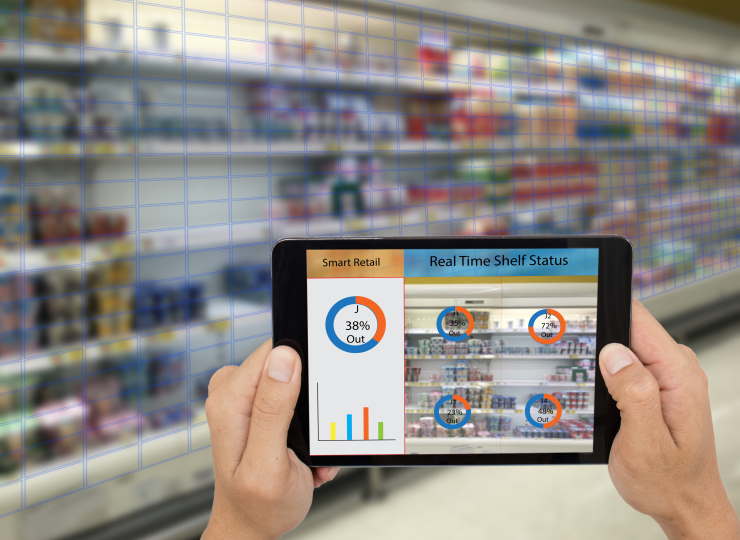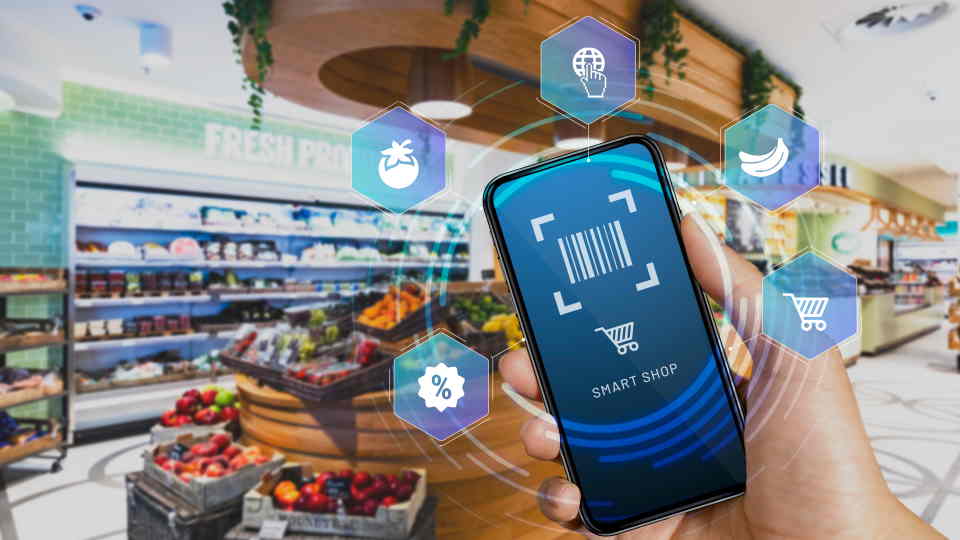For years to come, stores may anticipate that technology will influence how customers interact with products in-store, particularly regarding social media and smartphones. As a result, many customers want to know how did stores begin to change as technology advanced to decide which way is best to do their shopping.
Many customers have purchased something due to seeing it on social media. A robust social media presence helps firms maintain contact with their customers, promoting both online and offline sales. Stores that accept mobile payments and financing also ensure that their customers have a smoother in-store shopping experience as mobile technology becomes more prevalent in consumers’ lives.
Stores can learn more about the tastes and wants of their customers by using mobile solutions like retail and loyalty applications. With this data, merchants can meet the needs of an increasingly digital world while still creating a personalized in-store buying experience.
Customers may, for instance, use a smartphone app to tag an item they see in a store and have it automatically added to their online buying basket. In this instance, in-person customer service and the ease of online shopping are advantageous to the customer.
Technological Advancements and Their Effects on Stores
Today’s companies must find new ways to adapt to the current climate, which is heavily influenced by technological advancements. As technology develops, we are witnessing entrepreneurs push the boundaries of customer experience. For example, through frictionless checkout processes and automated stores, in-store shopping can be made quicker and more convenient.
Additionally, items can be delivered more quickly and affordably thanks to micro-fulfillment centers, and the standard of customer experiences can be raised thanks to robotics and immersive experiences. It is anticipated that the store environment of the future will be a networked blend of real-world and virtual interactions, allowing customers to shop whenever, where, and for what they want.
Technology speeds up customers’ purchasing decisions by analyzing their behavior, yet some are hasty. Despite how convenient internet shopping has gotten, there are still occasions when you prefer to go to a physical store. The in-store experience is essential. And with the help of technology, it is constantly getting better.
The core of the future of retail is technology. Additionally, as this technology keeps expanding the realm of the conceivable, consumer expectations do as well. They expect merchants to provide cutting-edge and customized experiences that leave them speechless.
It would be an understatement to suggest that technology is altering the retail industry. Technology is completely revolutionizing how we purchase, which has caused the retail sector to reevaluate its business strategy. But, more than ever, the process of evolution is perpetual.

Examples of the Changes Due to Technological Advancements
Think about a shopper who enters a store to buy one thing. A customer who has never been in that store before might stroll around aimlessly, become impatient, and leave empty-handed. Customers can learn where an item is using beacon technology by downloading the retailer’s app, choosing to use beacons, and then using their mobile device to receive signals broadcast by the beacons.
When firms cease marketing to customers in a general fashion and start treating them as people with specific interests, that customization will make customers more loyal to brands.
It is expensive and time-consuming for firms to rely on people to adjust the pricing or resupply things. Large businesses like Whole Foods, Walgreens, and Lowe’s have used smart-shelf technology to track inventories in real time.
Retailers and manufacturers can use integrated sensors on smart shelves to scan the contents of a shelf and notify store staff when inventory is running low or when a theft has been discovered. Retailers can also alter product prices in real time, giving customers precise pricing and freeing up time for employees who previously had to watch those shelves.
Some producers want to employ smart-shelf technology to boost sales by automatically delivering shipments to retailers when inventory levels are low. It would benefit buyers and retailers because consumers would never have to worry about their preferred products being temporarily out of stock.
Through experiences like virtual changing rooms, merchants are fusing the physical and digital worlds in yet another manner. For example, Toshiba created a digital changing room in Japan so that shoppers could digitally try on clothing.
Simply standing in front of a 3D camera, customers may have their bodies scanned and measured and the results transferred to their phones. Customers can then try on various clothing combinations both within the store and in the comfort of their own homes to see which combinations best suit their body types. After that, they can buy products that are assured to fit.
Customers may use the apps at franchises like Starbucks and Subway to pay for goods and take advantage of exclusive discounts and promotions. In addition, customers of national shops like Walmart can avoid reading newspaper inserts by checking the store’s app for the most recent prices and discounts. Customers can also view the savings they made by purchasing particular items from Walmart instead of the store’s rivals.
Conclusion
As technology advanced, stores also started to transform. Suppose you would like to know how did stores begin to change as technology advanced. In that case, the answer is that they mainly increased the use of computerized registers and displays to make it simpler for clients to search for their desired products.
In conclusion, as technology improved, stores gradually altered. This is mainly because technology now makes it possible for customers to shop from the comfort of their homes. Additionally, technology has enabled businesses to monitor client behavior and preferences.
Happy customers are always excellent for shops, and technology helps bridge the gap between in-store and online purchasing. Although it isn’t going away, in-store shopping is being improved. Today’s consumers find shopping to be more fun and much more convenient thanks to the utilization of fantastic technological improvements.
